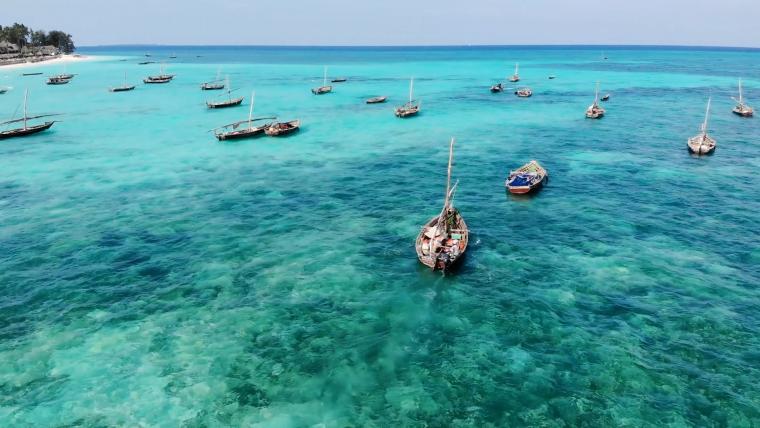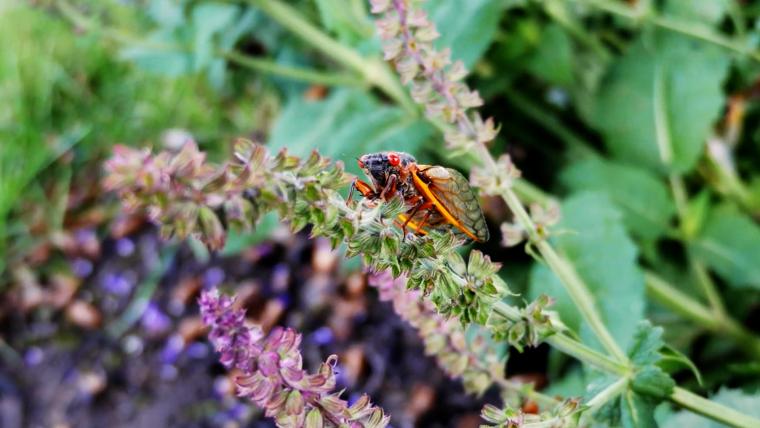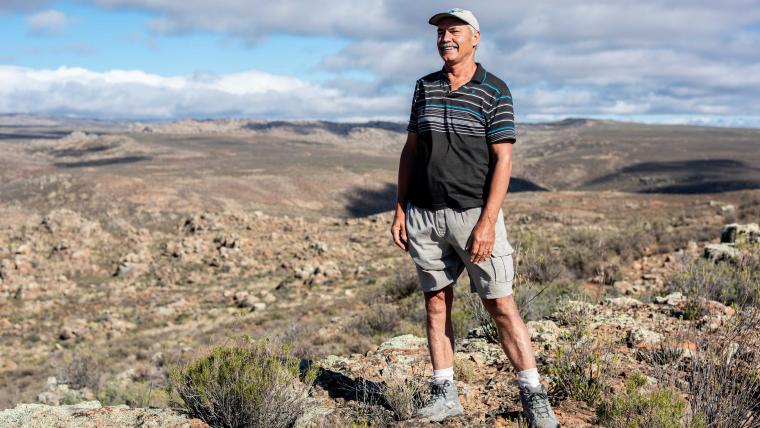
Why Africa’s Spice Islands will sate even the most seasoned traveller
The sun fades over the Tanzanian coastline, signalling the return of fishermen and their dhows. Mimicking the flaming horizon are the hues of crumbling stone buildings. Fragrant hints of Zanzibar mix – a complex soup of potatoes and fried cassava – waft in from the nightly street food market at Forodhani Gardens. Seated on the floor, locals place their beads onto wooden boards in a strategic game of Bao la Kiswahili. The largest island of the Zanzibar archipelago, Unguja, has a distinct African flavour. Yet its narrow streets are peppered with multicultural influences, the result of a tussle between nations who sought to benefit from the favourable location of Africa’s Spice Islands.
Zanzibar gained this moniker for its significant production of cloves, nutmeg, cinnamon and black pepper which once sustained the economy. In the past, life on the islands revolved around a thriving port that was open to traders from Asia, Africa, and Arabia. This encouraged communities from nearby Somalia and as far as Persia to move to the region. Street vendors frying samoosas point to the influence of Gujarati artisans from India who settled and traded here.
When the Omani Empire established control of Zanzibar, they built some of the most distinctive attractions on the islands. Ngome Kongwe, constructed in the 1600s, is the oldest building in Stone Town, and situated directly next to the largest – The Palace of Wonders. The Omani sultan also commissioned the Hamamni Persian Baths which were used by the public for decades. These additions to the landscape, though weathered by time, are grand remnants of Zanzibar’s history.
While its past may feature a number of cultures and nations, there is one thing that unites people here – their desire to protect the species of the islands. Two decades ago, wild red colobus monkeys endemic to Unguja Island were in danger of extinction. Today, they roam the Jozani Chwaka Bay National Park, consisting of 50 square kilometres of forest habitat formally established as a conservation area. Despite their name, the monkeys are remarkably tame. Guided tours offer a chance to come up close to one of the rarest primates in Africa, while looking out for the mysterious Zanzibar leopard. This species was thought to be extinct and was kept alive only in local myths, until a cat spotted on a camera trap in 2018 revived belief that the animal may still exist.
Rich in biodiversity, Tanzania is home to five of seven sea turtle species. In 1993, villagers of Nungwi opened the Mnarani Marine Turtles Conservation Pond. Situated within a natural tidal pool, this is a sanctuary for sea turtles rescued from fishing nets or injured after consuming plastic. In addition to exploring the dazzling beaches, people can also visit and feed these turtles. The success of ecotourism continues at Prison Island, once the location of a jail and now home to giant Aldabra tortoises. The tiny island is only accessible by boat, which increases the protection of the island’s reptilian inhabitants, some of whom are over 200 years old.
Despite its renowned white sands and palm tree-lined villas, Zanzibar is not just another beachside escape. Bask in the warmth of the Spice Islands while blending in with the locals, supporting its wildlife, or touring farms bursting with cardamom, saffron, liquorice, and ylang ylang. Just a taste of this archipelago’s attractions will sate even the most seasoned traveller.






























Please sign in to leave a comment